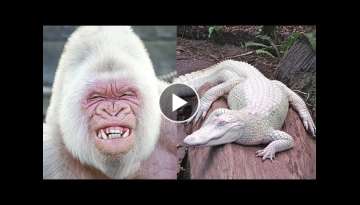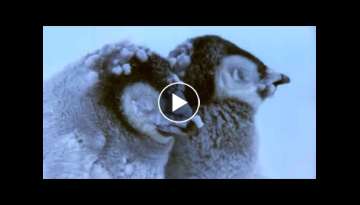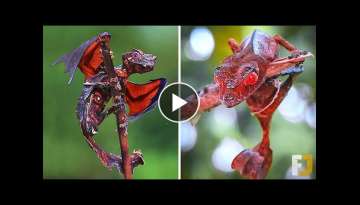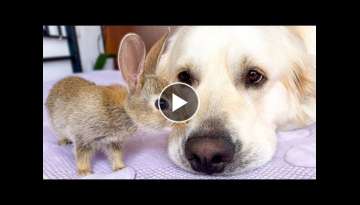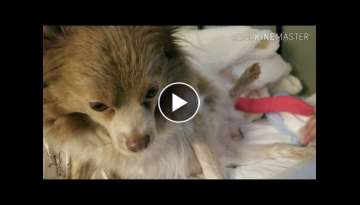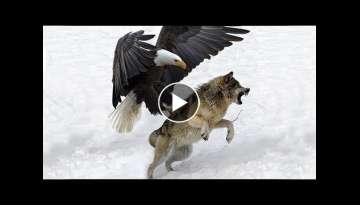Oldest LIVING Fossils Around The World!
10. Aardvark
The aardvark is a perfect example of a living fossil. It’s a totally unique mammal and has remained unchanged for millions of years. Also known as “oryc-ter-opus afer” the word ‘aardvark’ comes from the Afrikaan language in South Africa. It means “earth pig” or “ground pig”.
The solitary creature’s strong senses of smell and hearing make it an excellent hunter on open grassland. It has a long nose which it uses to sniff out termites and ants. That combined with its tough hide, big claws and long sticky tongue means this critter creates a big headache for any insects crossing its path. The aardvark emerges at night from a burrow. They’re great burrowers and can dig a shelter for themselves surprisingly quickly with their claws.
Those claws come in really handy when tucking into a termite burrow. The aardvark sticks its 1.5 foot (0.46 m) tongue in the hole and licks out the unlucky inhabitants. It has a strong tail which can be used to brace itself as it feeds. The tail can also be used as a club. The aardvark is a highly specialized animal that has all kinds of talents!
9. Red Panda
Everyone loves the giant black and white panda. But did you know this isn’t the original The word ‘panda’ was first used to describe this little fella in 1825 by Frédéric Cuvier, a zoologist from France. Its other, less catchy title is ‘Ail-urus ful-gens’ which means “fire-colored cat” even though it isn’t a cat. It actually has its own family name, ‘Ailuridae’. Fossils of the red panda have been discovered that are up to 4 million years old! You wouldn’t think that such a cute critter existed that long ago!
The red panda lives in Asia at high altitude in trees and mountains and has fur the colour of cinnamon. Isn’t it cute They’re small and are generally as big as a house cat, between 30-50 inches long (76cm-127cm). Like the giant panda, its diet consists mostly of bamboo and maybe some other small birds and rodents every now and then for some protein. Another similarity is the prominent wrist bone which can be used like a thumb to grip stuff. Its long claws help it hold onto tree bark and a long tail helps it balance. You need a good sense of balance when you’re so high up!
The face markings on a red panda are called “tear tracks” which is appropriate as the panda is on the endangered species list. Deforestation has spelled disaster for its habitat. Because bamboo is disappearing it means the red panda could too. It has to eat between 1-2 kg (2-4 lbs) of bamboo to survive. That’s 20-30% of its own body weight! Hunting and poachers have also greatly affected the red panda population.
By the way if you think this amazing animal looks familiar it’s probably because the red panda (and of course the fox) inspired the logo of Mozilla Firefox. You could even be watching this video on a Firefox browser. Coincidence, I think not!
8. Tuatara
This next living fossil co-existed with the dinosaurs before its order died out 60 million years ago. The tuatara lizards are found on the islands of New Zealand and Australia and live off of other little animals and eggs amongst other things. They’ve even been known to eat their own young so… don’t mess with them.
On their neck and back you’ll see a crest made of spines. This is used both to attract mates and fend off opponents. It’s very versatile… when it comes to the tuatara, crest is best! Their coloring ranges from green to brown to red. They can actually change color during their lifespan. They grow up to an impressive 1.6 ft (0.5 m) and weigh up to 1.5 kg (3.3 lbs).
The tuatara is a big lizard but its greatest threat is of the smaller variety. Rats and mice can quickly eat through their food supply and the tuatara’s slow breeding means they’re too slow to stop them. It’s hard to keep up with the reproductive capabilities of a rodent! A tuatara can live anywhere between 60-100 years so they need to keep themselves topped up!
It doesn’t help that so many of them have been poached for private collections. The tuatara have been protected by New Zealand law since 1895. If you’re looking to go and see one up close we recommend you try a zoo. Try avoiding going into their natural habitat because you may cause more harm than good.
Origins Explained is the place to be to find all the answers to your questions, from mysterious events and unsolved mysteries to everything there is to know about the world and its amazing animals!



.jpeg&w=360&h=205&q=60&zc=2&cc=000000)


